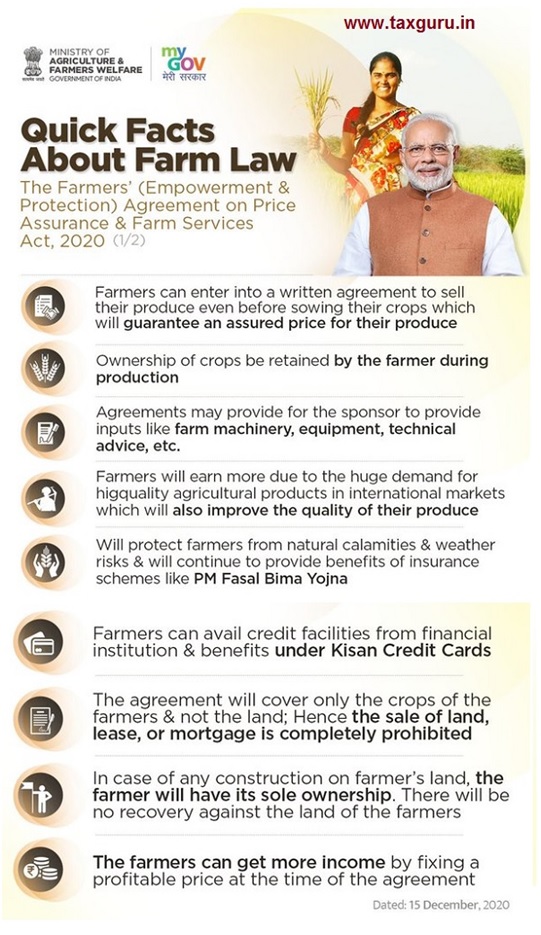Incoming corporate wave in food systems will threaten farmers and consumers: Report.
This will trigger massive shift of rural dwellers to urban areas, exacerbate land and resource grabs by corporations.

An incoming ‘corporate tidal wave’ in the food industry as well as farming may threaten the interests of millions of farmers and consumers alike, a recent report has cautioned. This may trigger a massive shift of rural dwellers to urban areas, exacerbate land and resource grabs by corporations and make supply chains more susceptible to pandemics and climate change.
The report, released March 30, 2021, analysed ‘business-as-usual’ food systems and how it may evolve over the next quarter century (by 2045) as corporations and governments respond to environmental breakdown, social dislocation, geopolitical reconfiguration and a vast pipeline of technological possibilities.
The scenario will mean handing the keys of the food system over to big data, technology and e-commerce platforms, which may exacerbate food insecurity and further environmental degradation, the report said.
The report was released by International Panel of Experts on Sustainable Food Systems (IPES) and ETC group (Action Group on Erosion, Technology and Concentration).
The study warned of specific threats to farming and food security if agribusiness plans come to fruition:
• Artificial intelligence is re-engineering ecosystems, and robotic tractors and drones are being rolled out as fast as digital infrastructures allow. Millions of rural dwellers will be forced to migrate to urban areas.
• Data on food is a valuable strategic asset. Peasants, whose land acquires a new value now that it is more readily accessible to robotic farm equipment, are vulnerable to fresh land grabs. The report cautioned that a new wave of land, ocean and resource grabs is imminent.
• Powerful corporations and major governments are now moving to control food supplies across vast economic corridors. Long, complex global supply chains will be more vulnerable to pandemics, climate change and critical ‘chokepoints’.
• ‘Hyper-nudging’ is on the rise. This means data from everyday transactions (digital wallets to automated food services) is getting increasingly combined with information harvested online to manipulate people’s eating habits.
“The keys of the food system are being handed over to data platforms, private equity firms, and e-commerce giants. This is the dystopian future of food and the planet, unless civil society fights back,” warned Pat Mooney, lead author of the study.
The authors stressed on the ‘Long Food Movement’ for the next 25 years — a series of strategies that could boost post-COVID-19 pandemic resilience, slash agriculture’s greenhouse gas emissions by 75 per cent, and shift $4 trillion from the industrial food chain to food sovereignty and agroecology.
The report added: “This includes $720 billion in subsidies going to big commodity production, and as much as $1.6 trillion in healthcare savings from a crackdown on junk food. The sum total of these actions could cut 75 per cent of food system emissions.”
Some of the key strategies include:
• Diverting funds from major commodity subsidies, research expenditures and ‘niche’ budget lines to small-scale food producers.
• Supporting short supply chains and territorial markets: By 2045, as much as 50 per cent of food would be sourced from local and regional supply chains. Up to 80 per cent of wealthier populations can go flexitarian.
• Levying taxes on junk food, toxins, carbon dioxide emissions and the revenues of multinationals.
• Adopting emergency food security measures that supersede trade and intellectual property rules.
• Ensuring that famine, malnutrition and environmental degradation are considered criminal violations that can be internationally prosecuted. (Source: downtoearth)

